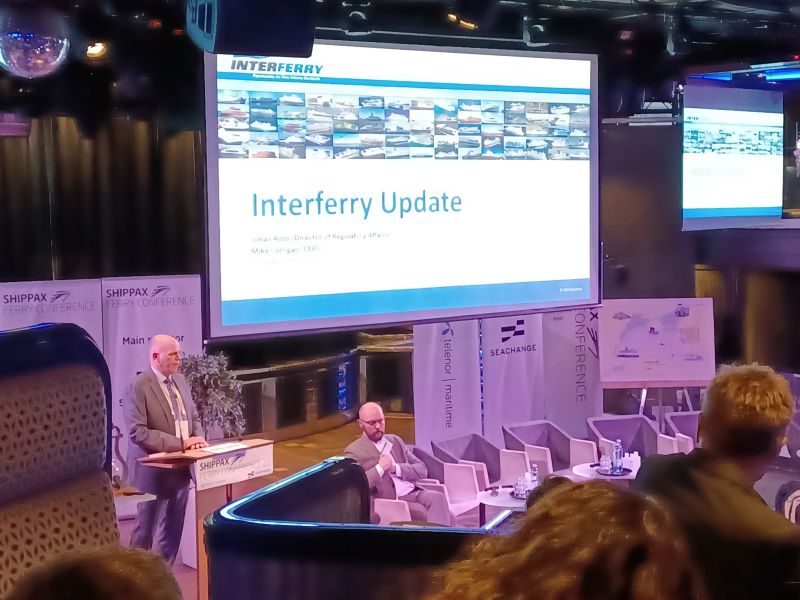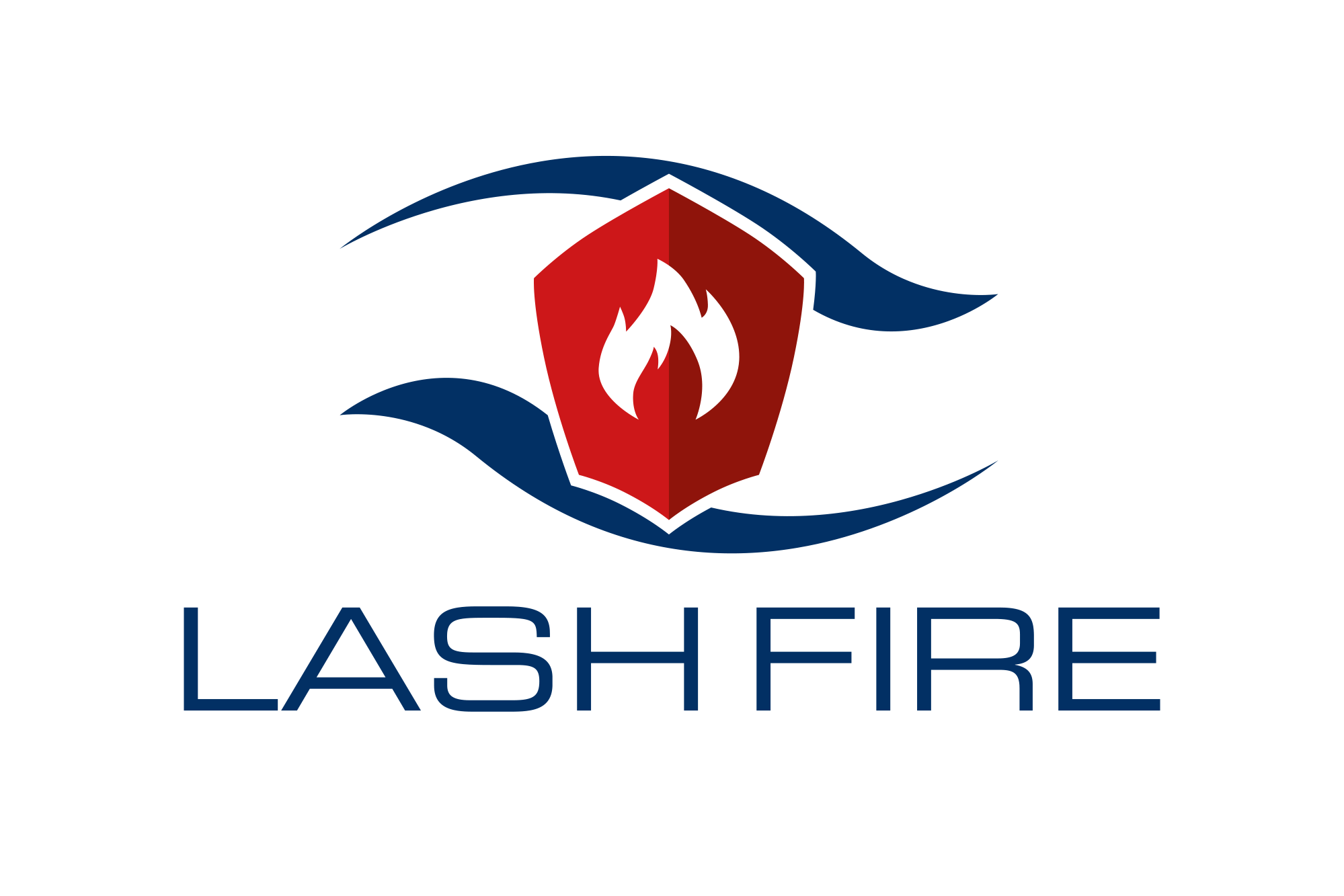

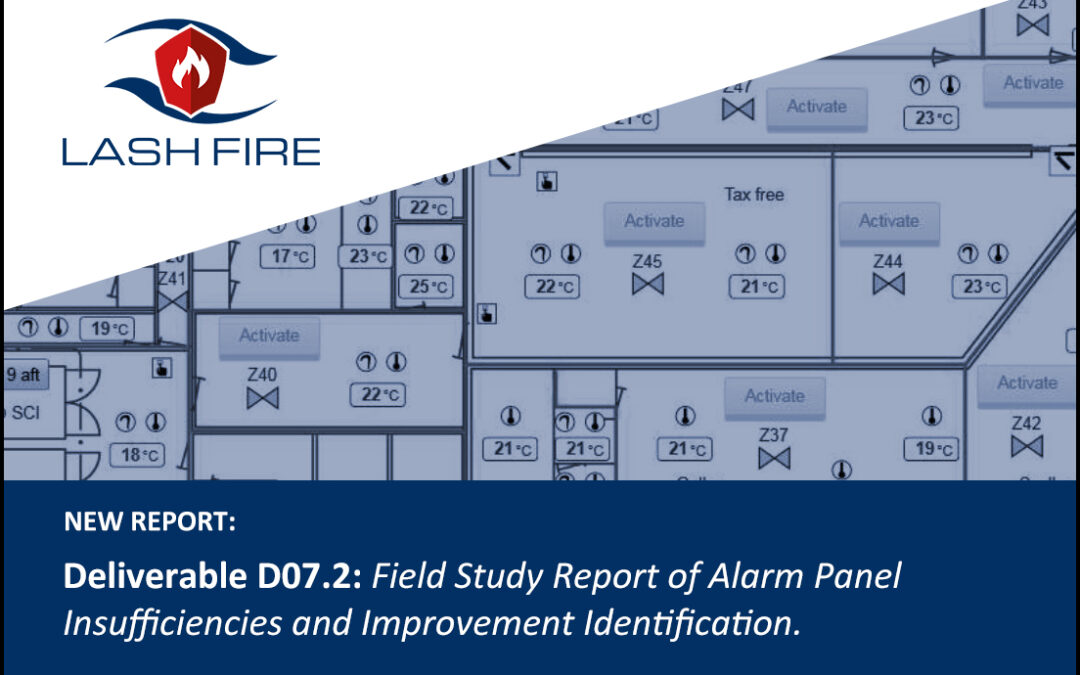
Welcome to read Deliverable D07.2 – Field Study Report of Alarm Panel Insufficiencies and Improvement Identification
The LASH FIRE Digital Fire Central prototype has been developed over several iterations to arrive at its current state – an interactive, screen-based interface with functionality to match a large set of common fire management activities, including fire detection and...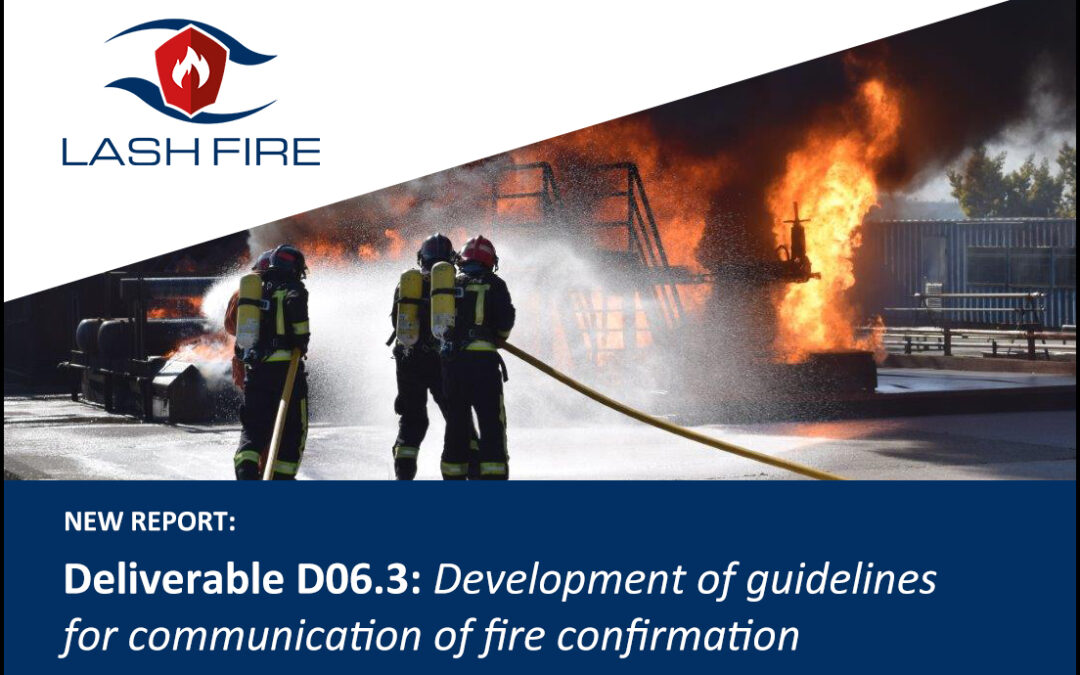
Welcome to read the Deliverable D06.3 – Development of guidelines for communication of fire confirmation
This document is an output of the LASH FIRE Project, within the Work Package 6 – Effective Manual Operations. Its main goal is to report the progress on the work conducted in developing guidelines for communication of fire confirmation within the context of ro-ro and...
Welcome to read the Deliverable D06.1 – Development of and guidelines for quick manual fire confirmation and localization
When a fire signal like heat or smoke is detected by technical equipment and alarmed, the vessel crew will check if it is a real fire or not. If fire signals are detected by several sensors, in several areas, or if a fire is seen on CCTV, the fire is confirmed, and...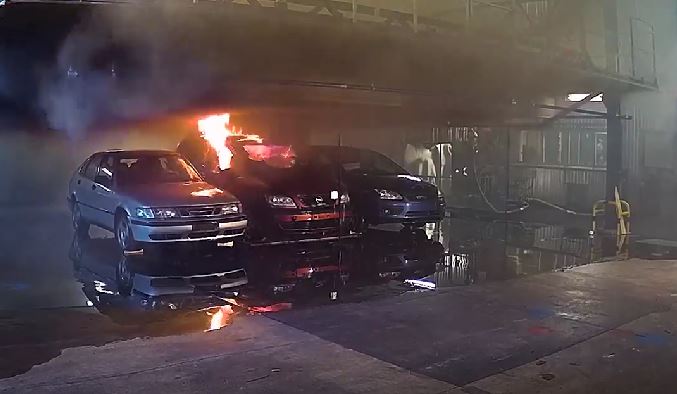
LASH FIRE Large-scale fire sprinklers tests – Simulating fires in vehicles when transported on board vehicle carriers
LASHFIRE Work Package 10: ExtinguishmentAction 10-A: Local-application systems. Test site: Borås, Sweden Large-scale fire sprinklers tests were conducted, simulating fires in vehicles when transported on board vehicle carriers. The tests included passenger cars (four...